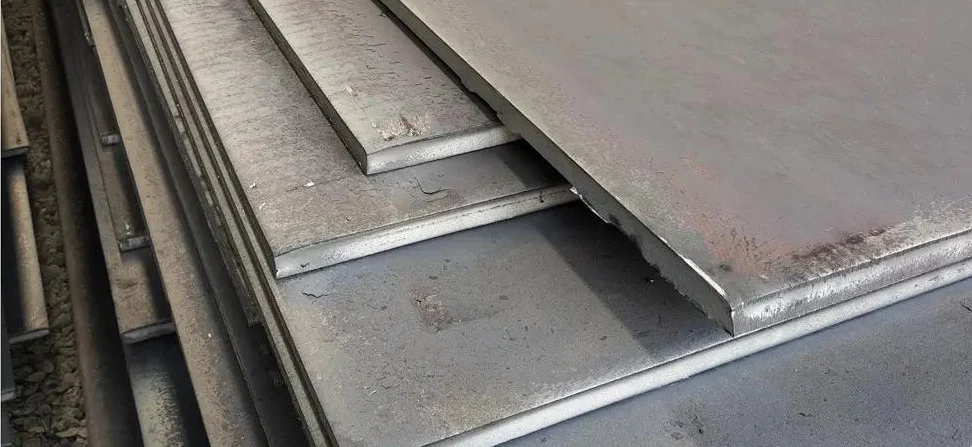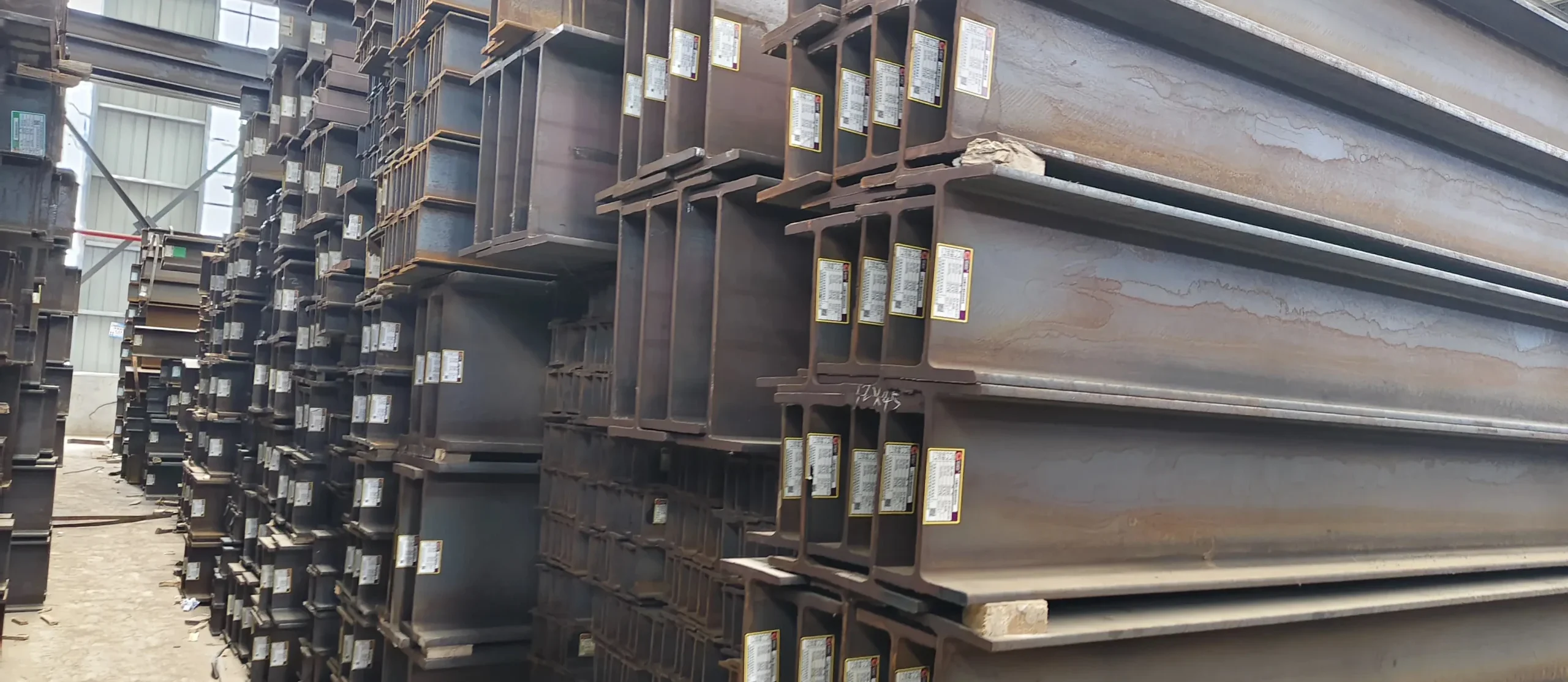What is SW and BW ?
What is SW ?
For pipe ends, SW means Socket Welding. It refers to the welding method that connecting stainless steel pipe and fittings with valves or other parts, and it mainly used for the stainless-steel pipe or carbon steel pipes whose size is smaller than 2 inches.
What is BW ?
For pipe ends, BW means Butt Welding end. It refers to the welding of pipe ends to ends or pipes to pipe fittings. It uses resistance heat to weld two workpieces along the whole end face at one time, which now is widely used in workpieces welding.


What is the difference between SW and BW
a) Welding Joint
Socket welding is the formation of fillet weld, and butt welding is butt-welded.
The strength and stress of the butt welding is better than socket welding, so the butt welding should be adopted when the pressure level is higher and the use condition is bad.
b) Different Diameter
Socket welding is generally used for small pipe whose diameter is less than or equal to DN100, such as small-diameter valve – pipe, pipe fittings – pipe welding.
Butt welding is generally used for pipeline welding above DN50, it is a wide range connected.
c) Applied and NDT
Socket welding is usually applied in small-diameter but high pressure piping systems. Normally Socket welding is magnetic particle testing or penetration testing.
In addition, 100% non-destructive testing is required for butt-welding to ensure no leakage, so its requirement is higher.
d) Welding End
Socket welding is generally with plain end for pipes, it will insert into the fittings or valve connected end to welding.
The connected for butt welding is normally with beveled end of 30~37.5°, which is convenient for filling material and welding. But for thin thickness pipes and fittings, like EN 10253-4/-3, and food grade tube fittings, the connected ends are plain, not beveled.
Generally, the requirements for butt welding are stricter than socket welding. And the quality of butt-welding also performs better. Therefore, the test requirements for butt-welding are also relatively strict. For butt-welding connected, it requires the radiographic inspection after welding. As for socket welding, it only requires magnetic particle or penetration inspection (such as carbon steel for magnetic particle, stainless steel for penetration).
The Advantage of Socket Weld vs Buttweld
Socket welds cannot be tested by X-ray test, but butt-welding can do the test. Therefore, butt welding is recommended to be used for high requirements of welding joints. Generally, the normal requirements and quality of butt-welding are stricter than socket-welding, but its detection methods are also relatively strict.
If the requirements for pipeline fluid are not strict, then socket-welding is highly recommended, and its test is more convenient. For socket welding, its connection is usually applied to small diameter valves, fittings and pipes, because the small-diameter ones have thin wall thickness, and they can be easy to cross side and ablation. If they are difficult for butt welding, then it is more suitable for socket welding. In addition, the socket-welding end can be used to reinforce, so it also can be used in high pressure.
However, socket welding also has disadvantages. One is that its stress condition is not good after welding, which will not easily make the welding fully penetrated, and leave with the cracks in the pipe. Therefore, socket welding is not suitable for the pipe related to sensitive media or of high purity piping system. Moreover, for the small-diameter pipe with high wall thickness, it is more recommend to use butt-welding instead of socket-welding if butt welding can be achieved.
In short, socket welding forms a fillet weld, while butt welding forms a butt weld. From the strength of the weld joint, stress and other analysis, butt welding performs better than socket welding. If it requires to weld in a high pressure or severe environment, it is recommend to use proper welding method.
What We Do
We supply both SW and BW connected SS pipe fittings. SW fittings are forged, the size is from 1/4″ to 4″ with 3000LBS, 6000LBS, 9000LBS etc in standard ASME B16.11, BS 3799 etc.
SS buttlwed fittings is our strength product too. We can supply it with a wide range from 1/2″ to 120″, including the common stainless steel grade and DSS, SDSS, hastelloy, inconnel, incoloy, titanium alloy etc.
You are welcome to contact us if you have any requirements about SW and BW fittings, I think we can be a good partner of you.



